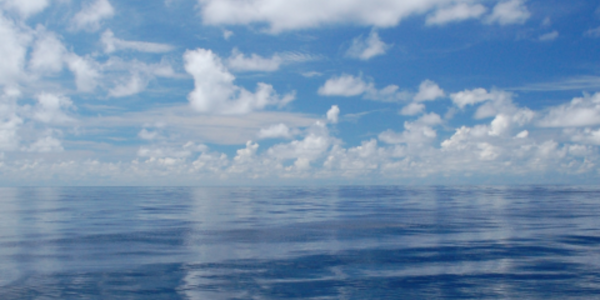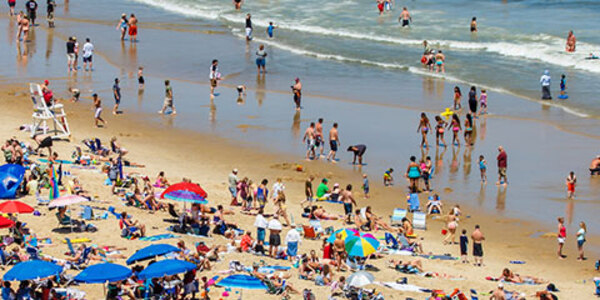The NCEI Coastal Water Temperature Guide (CWTG) was decommissioned on May 5, 2025. The data are still available. Please see the Data Sources below.
Data Sources
- Near real-time temperatures are from NOAA's National Ocean Service (NOS) tidal stations and Physical Oceanographic Real-Time System (PORTS®). Use the near real-time water temperature data with discretion, as it may contain errors.
- Recent and near real-time water temperatures are also from NOAA's National Data Buoy Center (NDBC) moored buoys.
- Daily Averaged Sea Surface Temperature (SST) is from NOAA NCEI’s 1/4° Daily Optimum Interpolation Sea Surface Temperature (OISST) data set. It is a blended SST file of buoy, ship, Argo, and satellite observations.
Frequently Asked Questions
What is the best water temperature for swimming in the ocean?
There's no real optimal temperature, but many people feel “comfortable” swimming in water that is 70° to 78° Fahrenheit.
Can water temperatures differ between nearshore and offshore sites at the same latitude?
Yes, nearshore water temperatures are more susceptible to the influence of river runoff, higher cooling and heating rates, continental air masses, near-shore ocean currents, and upwelling effects.
Why is the water at the beach sometimes cold on warm summer days?
It could be due to a phenomenon known as upwelling, which occurs when displaced surface waters are replaced (upwelled) by colder, deeper waters. This can be caused by a persistent offshore wind blowing the warmer surface waters away from the shore.
Is it dangerous to swim in cold water?
Hot and cold water are relative, however, even in the summer, prolonged immersion in water temperatures below 70° Fahrenheit can produce hypothermia. Hypothermia, a subnormal body temperature, can occur in waters with cold or even moderate temperatures. The body quickly surrenders its heat to cold water, and chilled blood can impair the heart and brain. Swimming or treading water will greatly increase heat loss and may limit your range to less than one-half mile. Use H.E.L.P. (Heat Escape Lessening Posture) if alone, or huddle with others. This can possibly extend your survival time.
There are no buoys or tide stations near my beach. How can I see what the water temperature is closer to me?
You can use the satellite daily averaged sea surface temperature to get an approximate temperature for beaches and other coastal areas that aren’t near a buoy or tide station. This layer doesn’t provide real time temperature, but it's a close approximation that can be used for recreational purposes.




